Recovering What We’ve Lost

By Lisa Aslan, an active participant in the Macks Jewish Connection Network, an agency of The Associated, including PJ Library, Tot Shabbat and volunteer opportunities during Mitzvah Month.
When my daughter was born, I agonized for days over what to name her. My indecision was so great that it was a running joke amongst the hospital staff. My husband wanted a biblical name; I wanted a family name. Specifically, I wanted my Iraqi Jewish great-aunt’s name — Noor, which means light in Arabic.
When I consulted with family and friends, I heard things like, “but it’s so Arab, people won’t know she’s Jewish.” These comments, like many others I have heard throughout my life, assumed a mutual exclusivity between being Jewish and being Middle Eastern. In a post-1948 world, you couldn’t possibly be both.
For my family and nearly one million other Jews born in the Middle East or North Africa (MENA), they were most certainly both.
Growing up, this dichotomy was stark. In response to the question, “Where are you from?” I developed some standard language to ensure that all parts of who I am were represented.
“My parents were born in Iran to Iraqi parents, but I was born in America and I am Jewish,” I would say in one long breath. This answer ensured that no assumptions could be made about any of the four aspects of my identity, and that Jews from the MENA existed and I was one of them.
I should clarify that this standard explanation came much later in life. Growing up as a first-generation American to Iranian-born Iraqi parents in the ‘80s, I just wanted to blend in. I wanted the right food for lunch (peanut butter and jelly on white bread, not on pita), the right clothes (Limited Too, not Marshalls), and two distinctive eyebrows (not the dreaded unibrow).
Of course, these desires were standard for most children of immigrants. For our parents, however, there were two different camps: the assimilators and the non-assimilators. As horrified as I was by my parents and their immigrant ways, I had it “good” if good meant fitting in. I had an American name, my parents had minimal accents, and they were not “fresh off the boat,” like some of the other kids.
Of course, now I wish my parents had been as “fresh off the boat” as possible. As I navigate the loss of culture brought on by two big moves, first from Iraq to Iran and then from Iran to America, I feel overcome with grief.
The grief, I realize now, has been there since I was a kid. Attending a Jewish day school, I was acutely aware that my grandparents’ Judeo-Arabic was a far cry from the Yiddish embedded in American Jewish culture. In those moments, part of me yearned to hear my grandmother call me bubala, while another part longed for the term of endearment ayouni — “my eyes” — to find its place in the American Jewish lexicon.
This desire for my Jewishness to be seen, valued and reflected back to me has been an ongoing struggle in most Jewish spaces in which I find myself. A friend recently put it to me in these terms: “Every single Jewish child needs and deserves the comfort of being connected to their parents and grandparents through prayer and tradition.”
The desire of Mizrahi Jews to be seen and included is not just about representation; it is about embracing the fullness of who we are as people. According to a recent research study commissioned by JIMENA (Jews Indigenous to the Middle East and North Africa), 10% of US Jews identify as Sephardi and/or Mizrahi.
Yet this vibrant part of our collective story is too often missing from our curricula, programming, music and communal spaces. Imagine how much deeper our connection to Judaism could be if every preschool, synagogue, day school, community center and seminary reflected the full tapestry of Jewish experience — from Europe to the Middle East, from North Africa to the Americas. When we integrate millennia of Jewish thought, creativity and tradition from these regions into our institutions, we don’t just correct an omission — we deepen our collective identity and share a more authentic, beautiful story with the world.
On this 10th year of Mizrahi Heritage Month, I invite us to broaden our understanding of Jewish history and culture beyond what we may already know. Below are some resources that I have gathered and am excited to share with you.
Read:
Listen/Watch:
Follow:
In addition, if you are a part of a Jewish institution here in Baltimore, here are some steps your organization can take to be more inclusive of Sephardi and Mizrahi Jews:
- Take a fresh look at your forms and surveys.
Consider adding options such as Mizrahi, Sephardi Persian and others that reflect the full breadth of Jewish identities and backgrounds. Small changes in language can help more people feel seen and included. - Broaden your bookshelves.
Add children’s stories, novels and educational materials that highlight the histories and cultures of Jews from the Middle East, North Africa and the Iberian diaspora. Diverse stories help all of us better understand the richness of our shared heritage. - Expand your lens to the totality of “Jewish life.”
Reflect on how your institution expresses Jewish culture — through programming, curricula, food, music and prayer. Whose traditions are reflected, and what new perspectives might you bring in? Partnering with Sephardi and Mizrahi leaders locally or nationally can bring valuable insight and collaboration. - Celebrate throughout the year.
Incorporate Sephardi and Mizrahi traditions, melodies and foods into holiday observances, classes, and cultural programs — not just during heritage month, but all year long. - Lift up diverse voices.
Invite speakers, educators and artists from Sephardi and Mizrahi backgrounds to share their experiences and perspectives. Representation at every level strengthens and enriches our communal story.
P.S. My daughter’s name is Noor.
About the Author
Lisa Aslan lives in Baltimore with her husband and two kids. Outside of her full-time job as a non-profit leader, she writes children’s books on Mizrahi topics as a fellow in PJ Library’s Sephardic Stories Initiative, studies Judeo-Arabic with the Oxford School of Rare Jewish Languages, gives student and teacher talks to local Jewish schools and recreates Iraqi and Iranian recipes for her family.
From names to holidays, exploring our Jewish heritage can be a journey through both memory and culture. Discover how Sephardic and Ashkenazi traditions come together at the Seder table in My Story: The Sephardic and Ashkenazi Seder Table.
Are you a local Jewish institution looking for support with Mizrahi inclusivity? Email Lisa at lisa.aslan@gmail.com.
Subscribe to our newsletter
The Associated is a home for everyone in the Baltimore Jewish community. We offer several email lists to help people find a community, engage with their peers and support Jewish journeys around the world.
Join Our Mailing ListAdd Impact to Your Inbox
Sign up for our newsletter
Subscribe to our newsletter
The Associated is a home for everyone in the Baltimore Jewish community. We offer several email lists to help people find a community, engage with their peers and support Jewish journeys around the world.
Join Our Mailing List
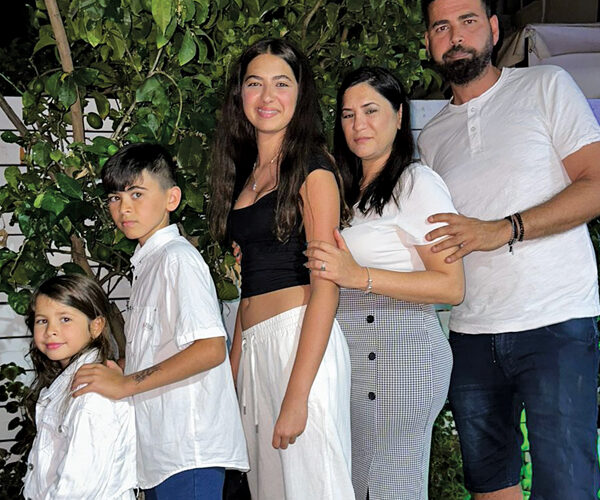


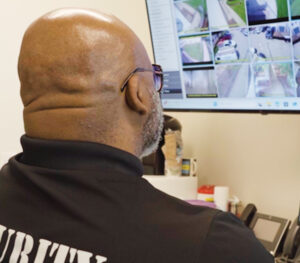

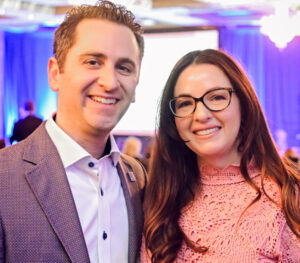
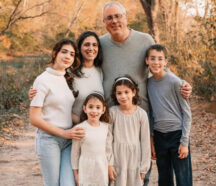
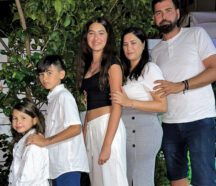
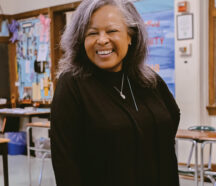
 Please Wait while we loading your video.
Please Wait while we loading your video.